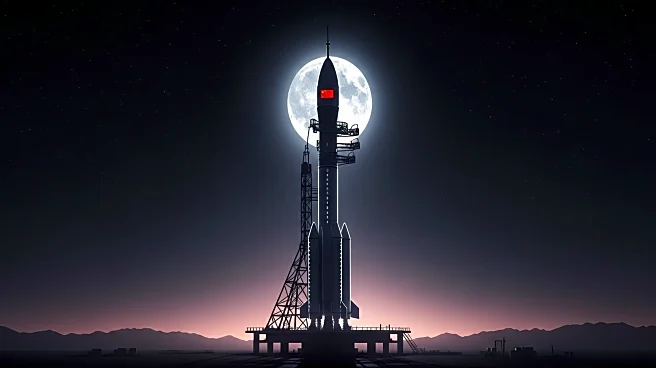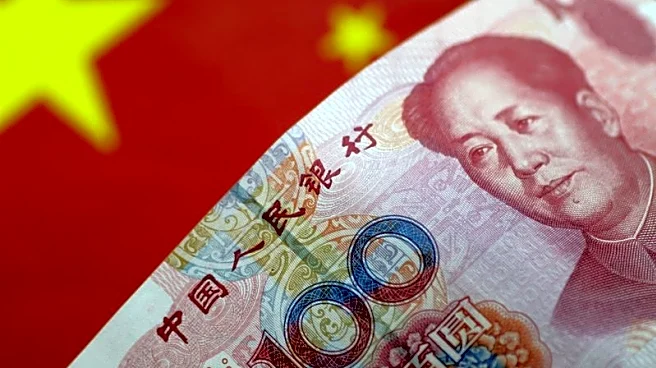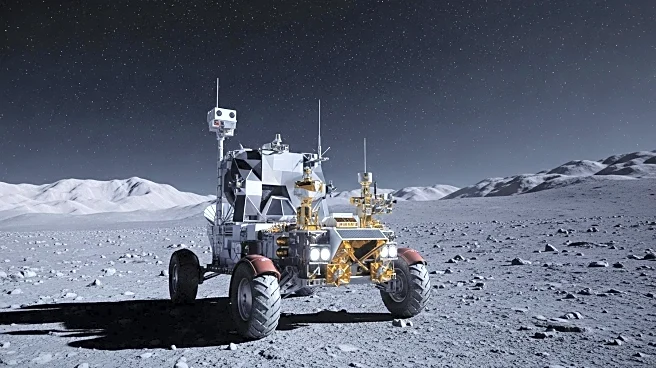What's Happening?
China has successfully completed a second hot-fire test of its Long March 10 rocket, a key component in its ambitious lunar exploration program. The test, conducted at the Wenchang Spacecraft Launch Site, involved a 320-second ignition of the rocket's first stage, equipped with seven YF-100K engines. This test is part of China's broader strategy to land astronauts on the moon by 2030. The Long March 10 is a three-stage rocket designed to support crewed lunar missions, with plans for two rockets to launch in quick succession to deliver a crewed spacecraft and a lunar lander to the moon. The recent test validated the rocket's engine performance and its recovery phase program design, marking a significant milestone in China's space endeavors.
Why It's Important?
The successful test underscores China's growing capabilities in space exploration, potentially positioning it ahead of the United States in the race to return humans to the moon. This development has raised concerns in Washington, particularly given the complexities and challenges facing NASA's Artemis program. Former NASA administrator Jim Bridenstine has expressed doubts about the U.S. landing on the moon before China, citing the intricate architecture of the American lunar landing system. The U.S. plans to send astronauts around the moon in 2026 and aims for a crewed lunar landing by 2027. China's progress could influence global space dynamics and prompt strategic adjustments in U.S. space policy.
What's Next?
China's next steps may include further tests involving the full first stage of the Long March 10, with potential launch and landing attempts. The country is also planning an orbital launch and recovery test with the Long March 12A. Meanwhile, the U.S. is preparing for its Artemis 2 mission in 2026, followed by the Artemis 3 mission in 2027. The outcome of these efforts will likely shape the future of lunar exploration and international space competition.
Beyond the Headlines
China's advancements in space technology could have broader implications for international relations and technological leadership. The country's progress may prompt other nations to accelerate their own space programs, potentially leading to increased collaboration or competition. Additionally, China's focus on a sustained lunar presence through projects like the International Lunar Research Station could influence future space governance and resource utilization policies.













